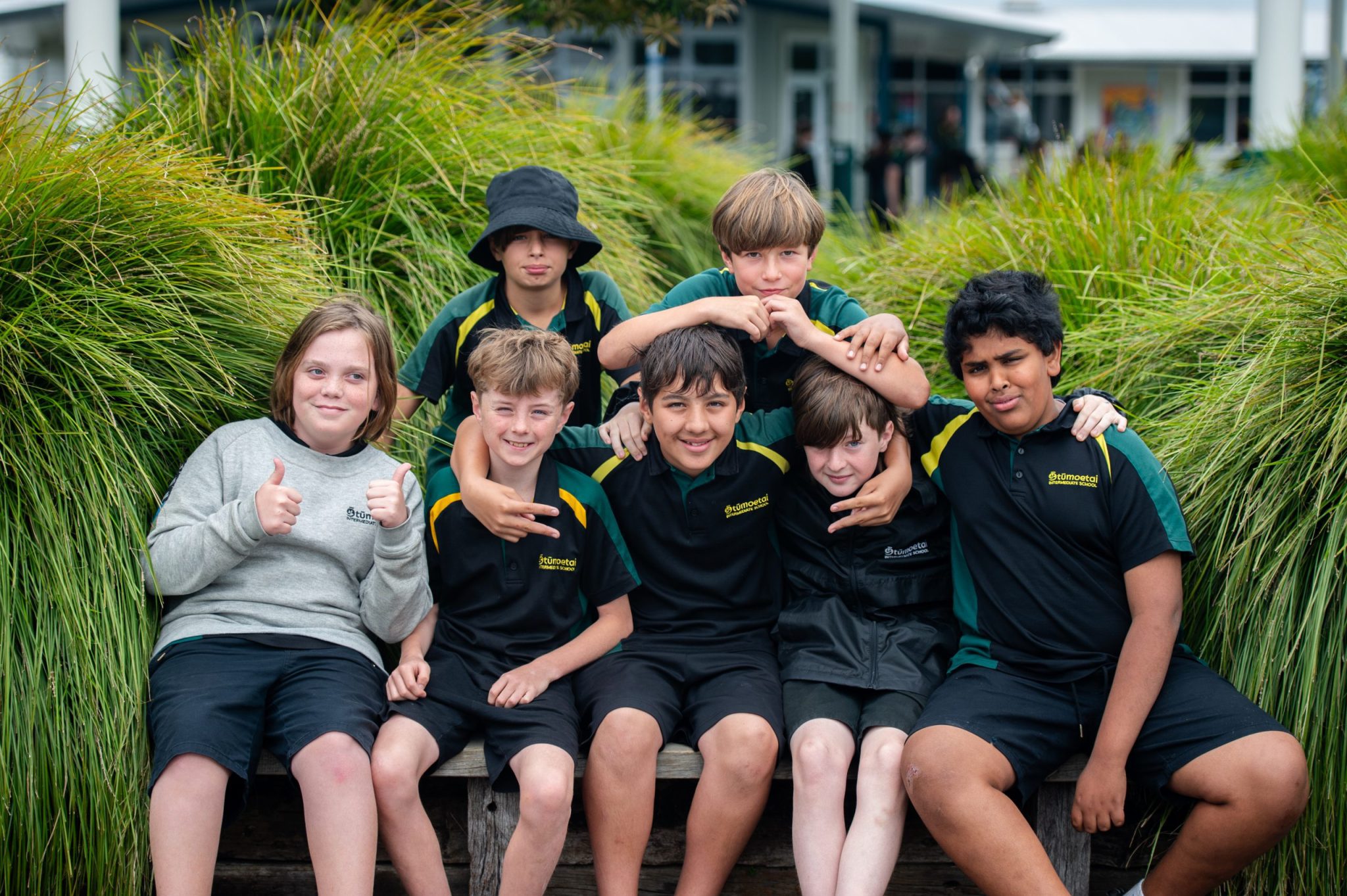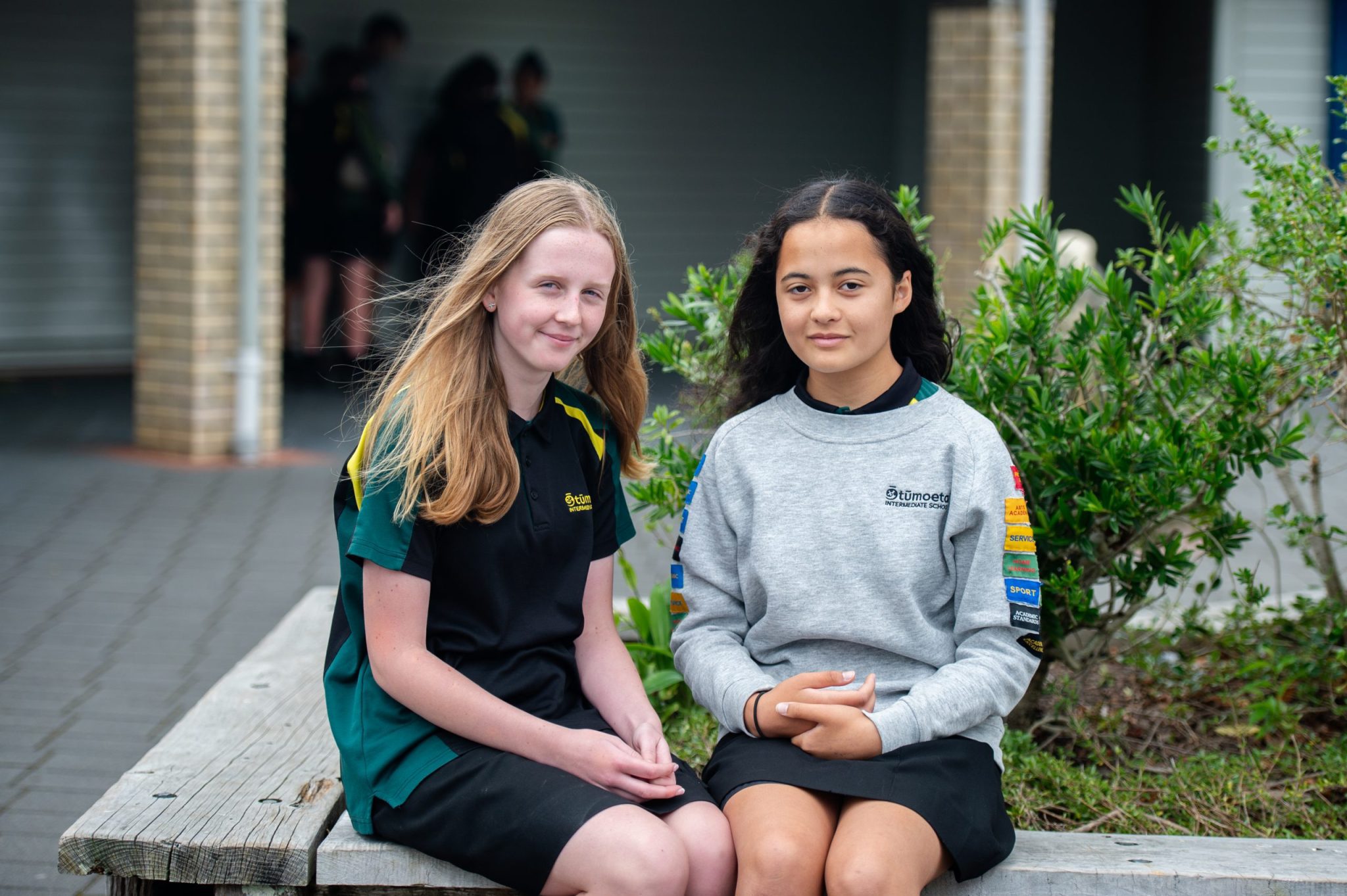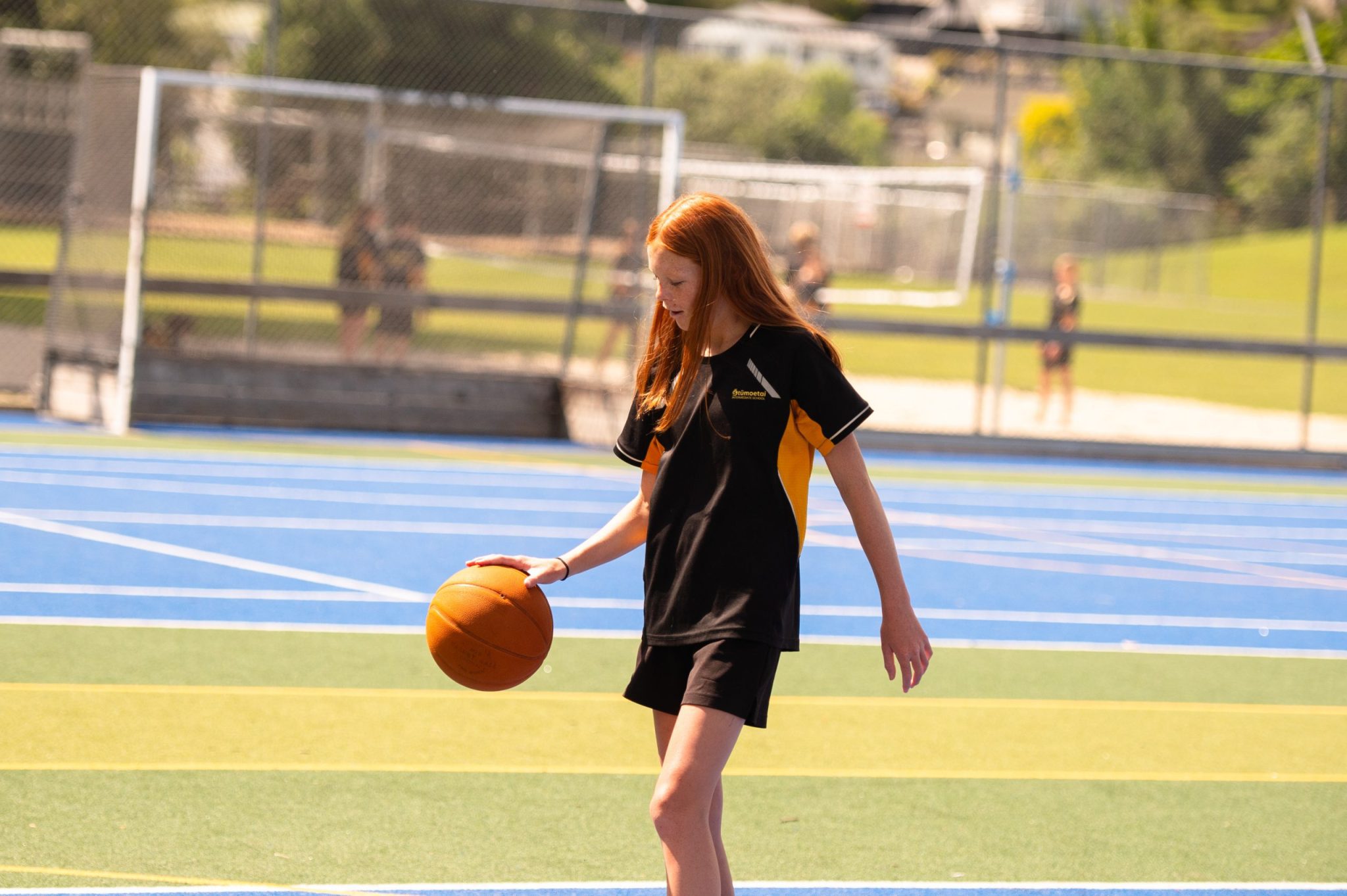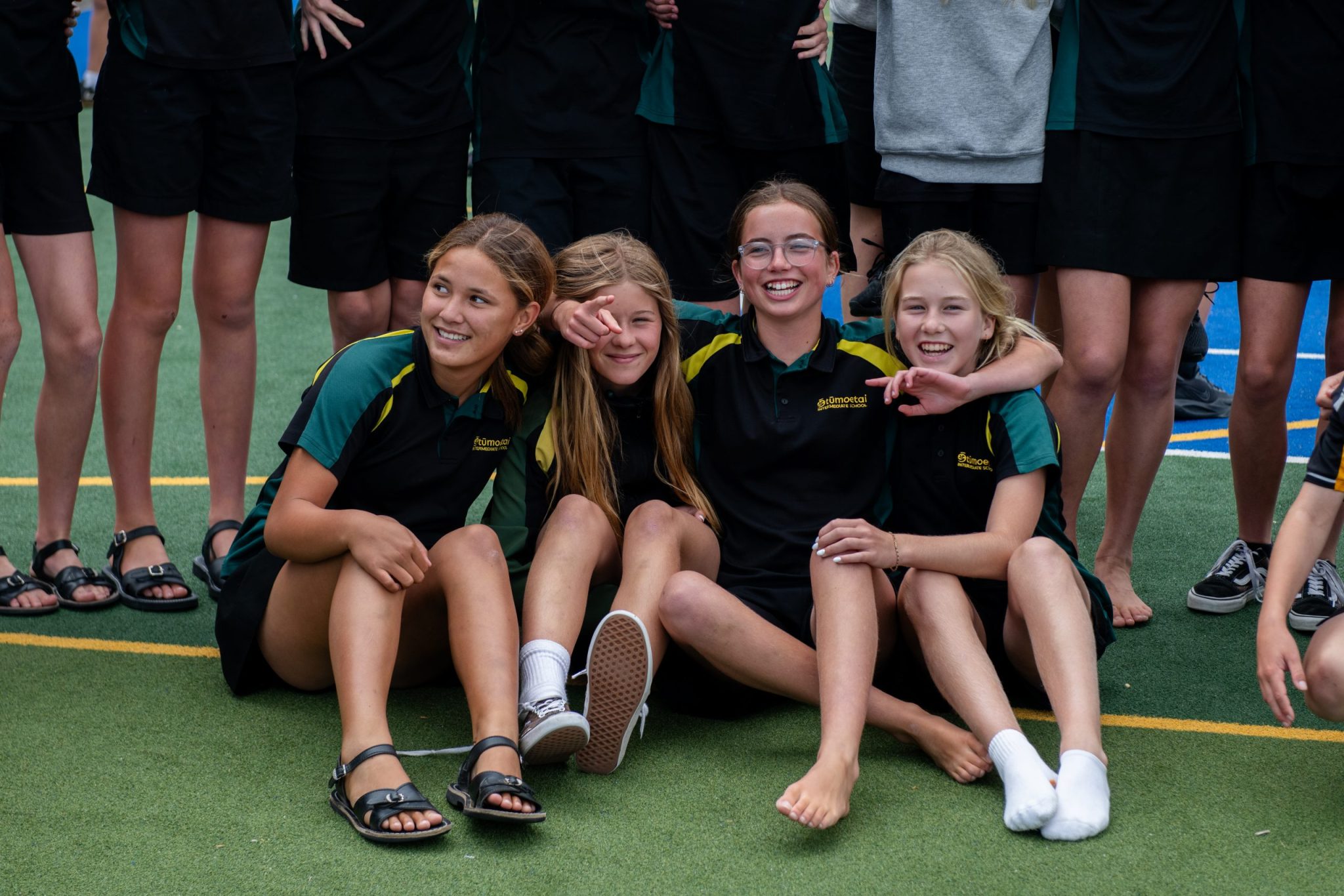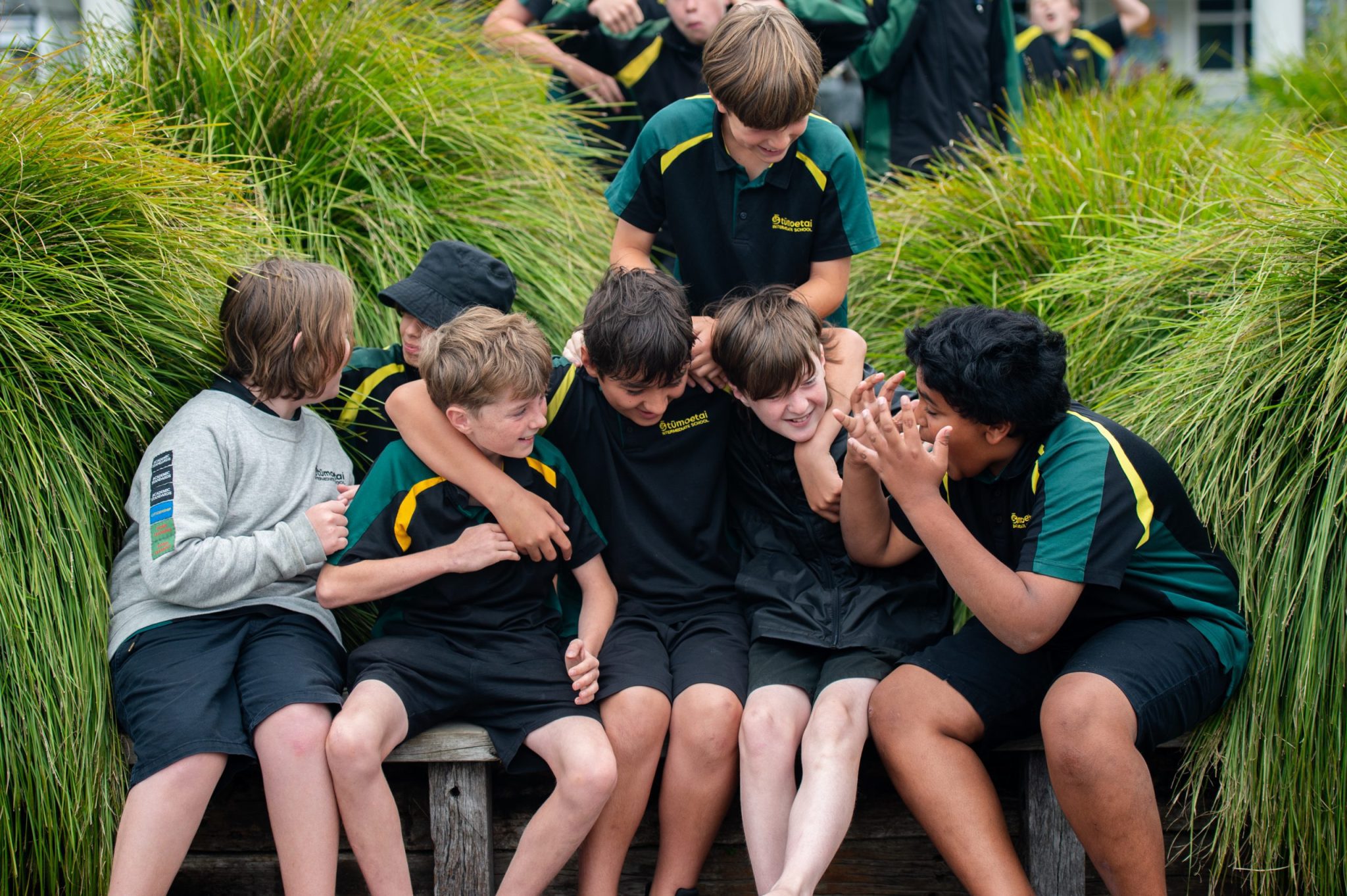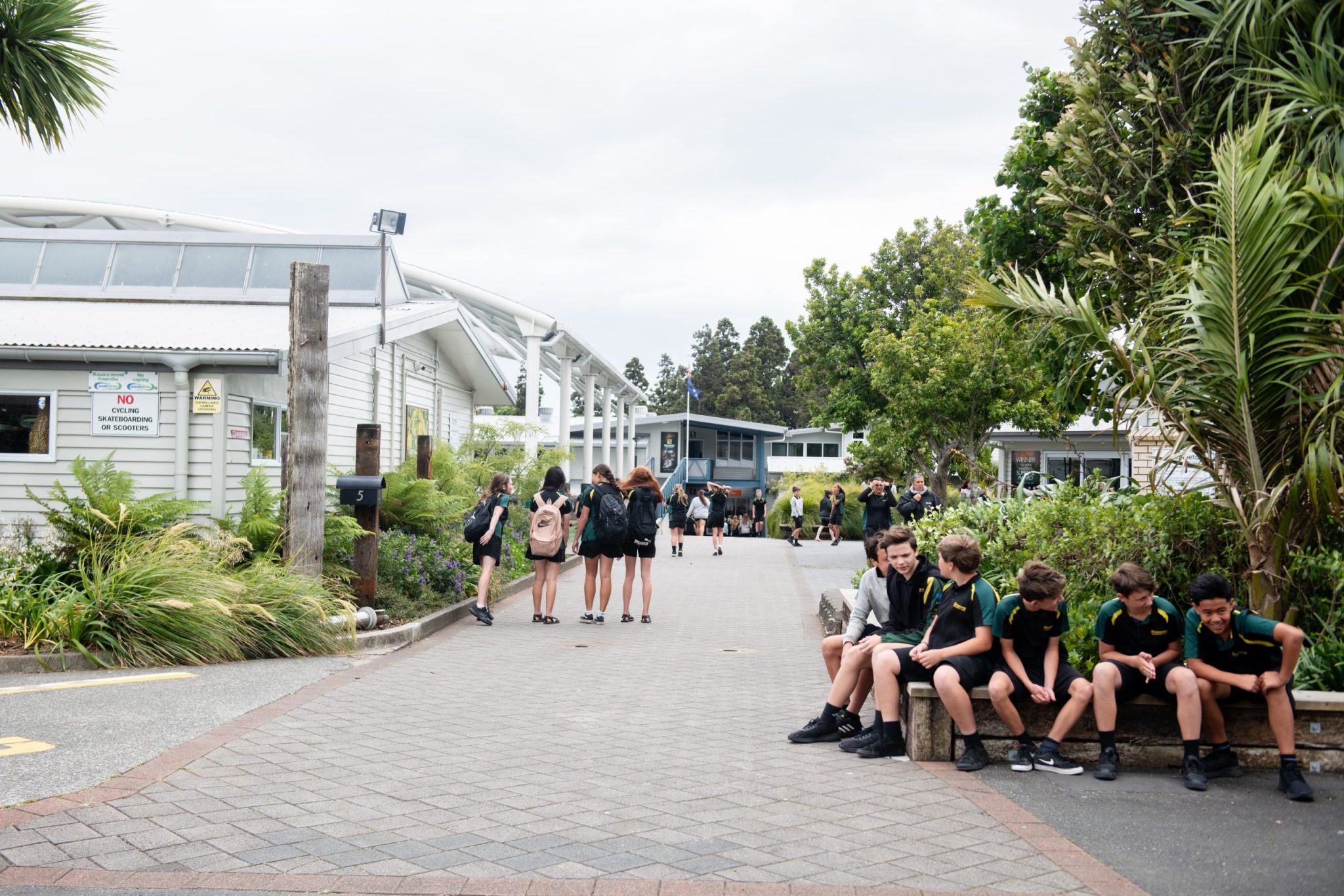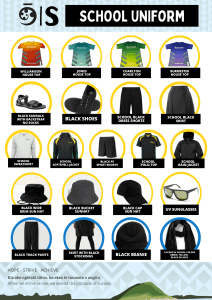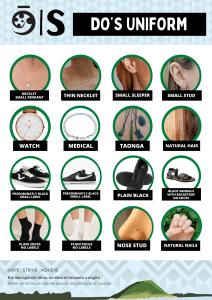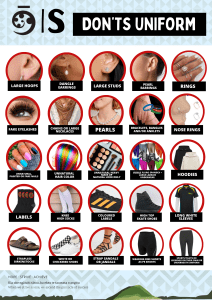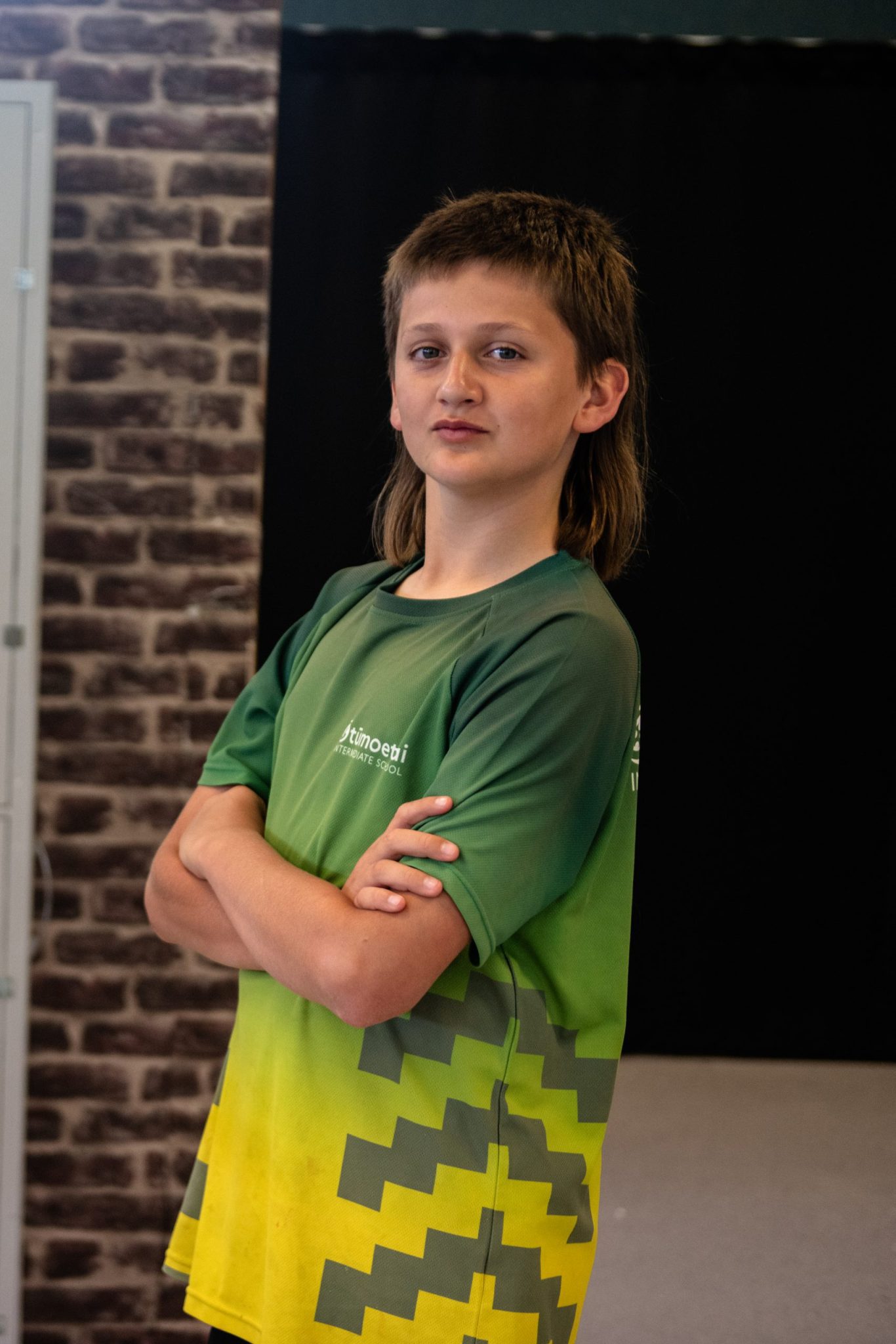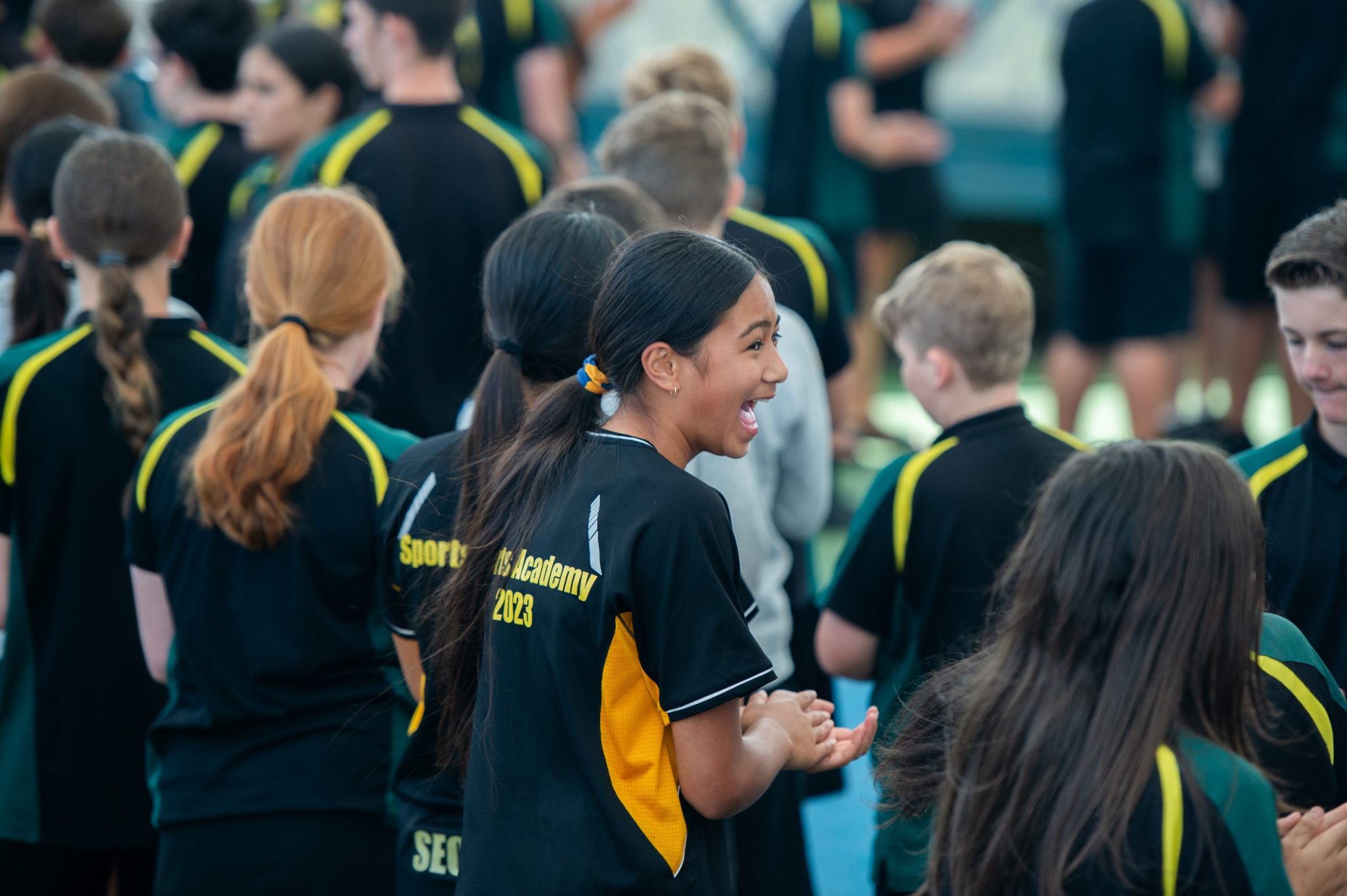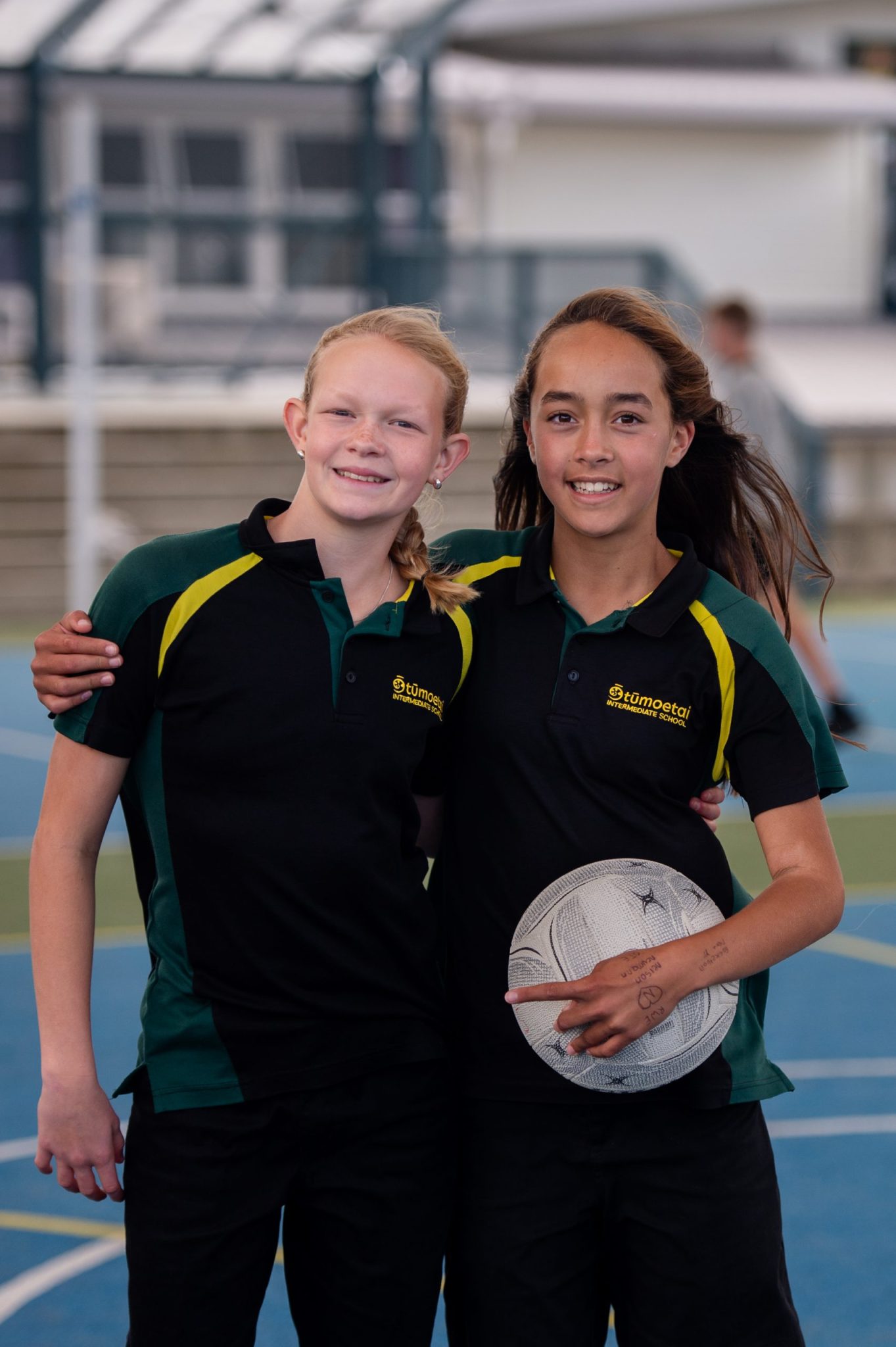Our uniform is sold exclusively on site. The uniform items are supplied by Argyle Clothing from Auckland as needed. This arrangement enables the Board to keep the cost of the uniform affordable to our families and to maintain quality of supply.
Uniform Shop
Our uniform is available for purchasing from our Uniform Shop.
For current students, the Uniform Shop will be open every Tuesday from 7:45 am to 11:00 am and from 2:45 pm to 3:45 pm during term time for those parents who wish to purchase extra items.
Payment Options
We have the following payment options available for purchasing your uniforms:
- EFTPOS – debit/credit card
- Cash
- WINZ quotes
Click and Collect – Term Time Only
For parents who do not require a fitting and wish to purchase extra items, a click and collect option is now available. For parents who do not require a fitting and wish to purchase extra items, a click and collect option is now available. Click and collect is not available during the school holidays.

